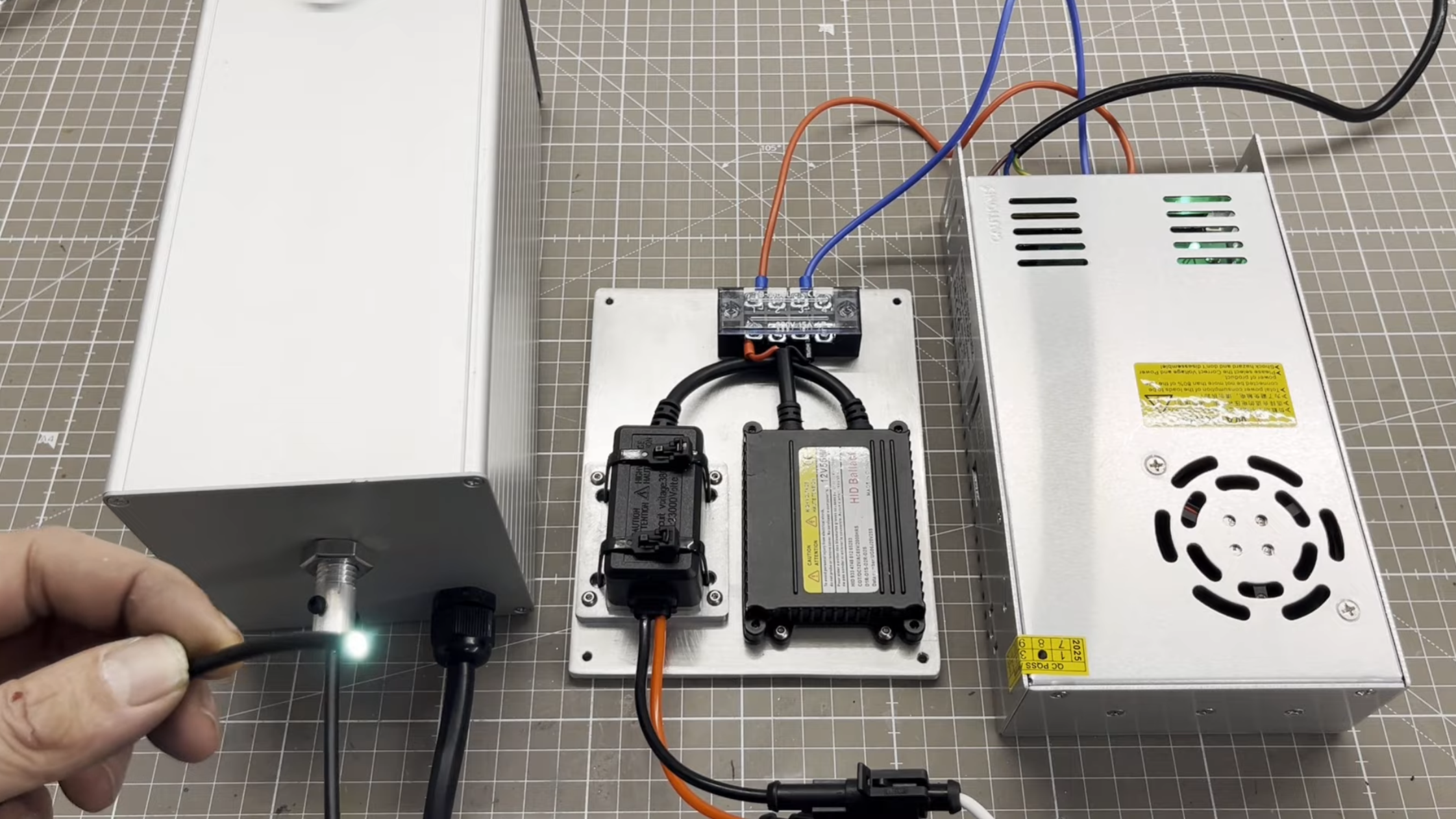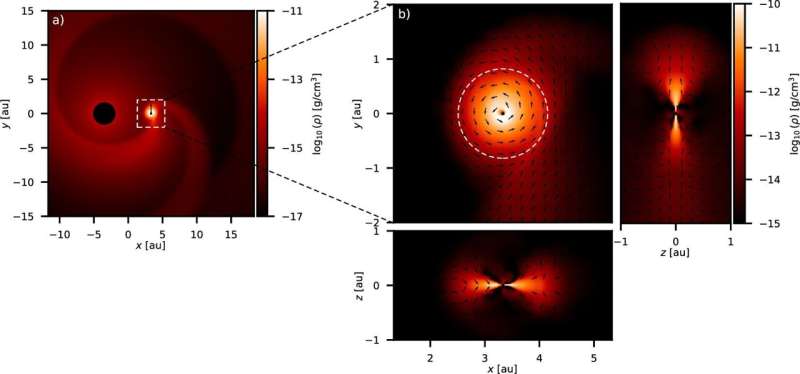A new approach to spectrometer calibration has emerged with the development of a xenon lamp by amateur inventor Markus Bindhammer. This lamp, designed for spectroscopy, utilizes a xenon gas discharge to produce a broad range of wavelengths, enhancing its utility for absorbance spectroscopy. The innovative design aims to provide a versatile alternative to the commonly used mercury-vapor fluorescent lights.
Design Features of the Xenon Lamp
Bindhammer’s light source incorporates an H7 xenon bulb, typically utilized in vehicle headlights. Positioned at the center of the assembly, the bulb is complemented by a concave mirror located behind it and a pair of converging lenses in front. This arrangement allows the lamp to focus light effectively onto the end of an optical cable made of PMMA, which is known for its ability to transmit ultraviolet light efficiently.
The entire setup is sturdily mounted within an aluminum case, designed to minimize interference from external light sources. To ensure adequate cooling of the bulb, a fan is installed at one end of the case. A light trap is fitted over the fan’s outlet to prevent stray light from contaminating the measurements.
Potential Applications and Future Testing
While the xenon lamp has yet to be tested with Bindhammer’s own spectrometer, initial assessments indicate it should perform well. The broad spectrum of wavelengths produced by xenon, including characteristic spikes in the infrared range, positions it as a promising tool for both amateur and professional spectroscopy.
The innovation highlights the growing interest in amateur scientific endeavors, as various hobbyists continue to create impressive spectrometers. Bindhammer’s design, along with other commercial scientific light sources, illustrates the potential for accessible tools in advancing understanding in the field of spectroscopy. As researchers and enthusiasts alike explore these developments, the impact of such innovations could significantly enhance the capabilities of spectroscopic analysis.







